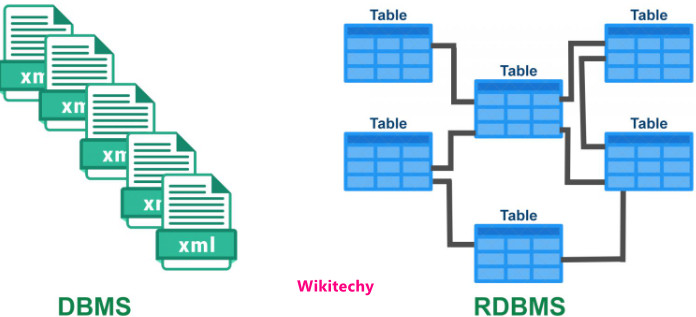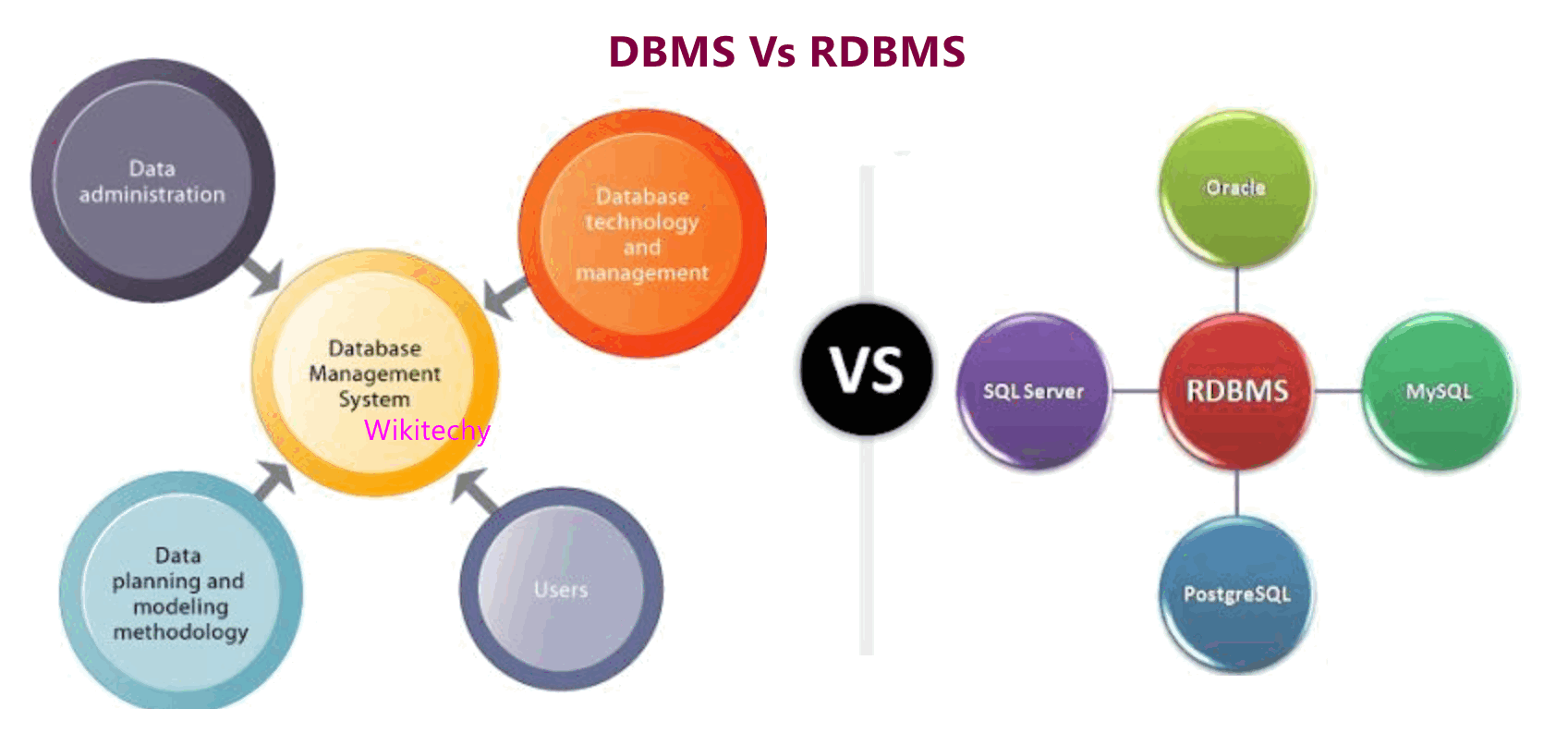DBMS
|
RDBMS
|
| Data is stored in file format |
Data is stored in table format. |
| Data is stored either in a hierarchical form or navigational form |
Tables have an identifier called primary key, and data values are stored in the form of tables. |
| No Normalization is present. |
Normalization is present in RDBMS. |
| Do not provide security for data manipulation |
RDBMS defines the integrity constraint for the purpose of ACID (Atomocity, Consistency, Isolation and Durability) property. |
| Uses file system to store data, so there will be no relation between the tables |
In RDBMS since the data values are stored in the form of tables, relationship between these data values will also be stored in the form of table. |
| Provides some methods to access the stored information. |
For accessing the stored information RDBMS supports a tabular structure of the data and relationship between them |
| Does not support distributed data base. |
RDBMS supports distributed database. |
| It is meant for small organization and deal with small data. Supports single user. |
RDBMS is designed to handle large amount of data. it supports multiple users. |
| Examples of DBMS are file systems, xml |
Example of RDBMS are mysql, postgre, sql server, oracle etc. |



